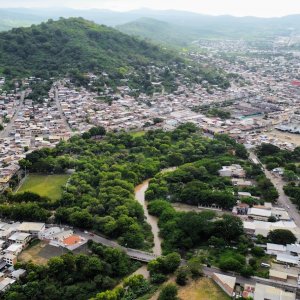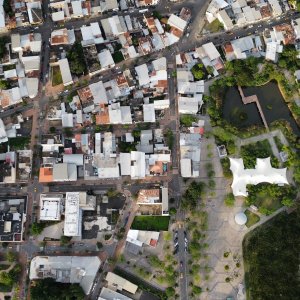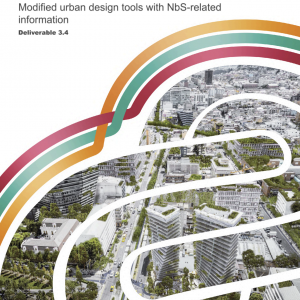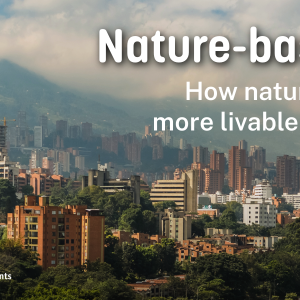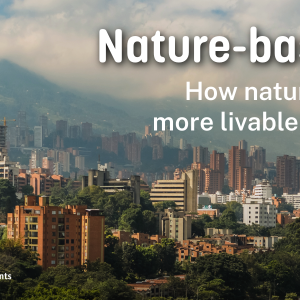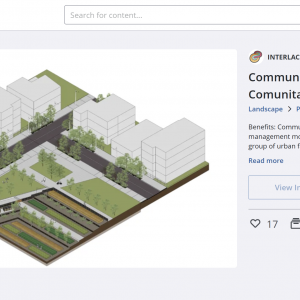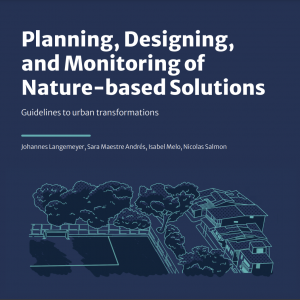Urban nature provides valuable services that contribute to climate resilience, biodiversity, and human well-being. However, these benefits remain largely underutilized due to the limited integration of nature-based solutions (NbS) into traditional urban planning and design tools. While the concept of NbS is gaining traction, its practical application is often hindered by technical, regulatory, and institutional barriers.
Why this matters
Incorporating NbS into urban planning and design is essential for creating greener, more climate-resilient cities. However, urban planners and designers often face multiple challenges when implementing NbS, including the need for technical expertise in ecological principles, access to reliable environmental data, and the ability to work across disciplines such as hydrology, engineering, and landscape architecture.
Regulatory frameworks and zoning laws are not always aligned with NbS goals, requiring planners to navigate complex permitting processes or advocate for policy reforms. Additionally, securing funding for NbS projects can be difficult, as decision-makers frequently prioritize conventional grey infrastructure due to established cost-benefit data. Effective NbS implementation requires collaboration with a range of stakeholders, including local communities and private sector actors, to ensure that solutions are both context-specific and widely supported.
Common barriers
Several barriers hinder the full integration of NbS in urban planning. A lack of technical expertise among planners and designers can result in ineffective implementation or reliance on traditional infrastructure solutions. Access to reliable ecological and climate data is another challenge, as many cities do not have comprehensive baseline assessments to inform NbS design. Institutional fragmentation between government departments often leads to conflicting priorities and disjointed efforts, slowing down NbS adoption.
In Latin American cities, the instability of municipal teams poses an additional challenge, as changes in leadership and staff turnover can disrupt NbS planning efforts. Public skepticism and limited awareness of NbS benefits further hinder implementation, particularly when communities have long-standing expectations for grey infrastructure solutions. Finally, limited financial resources and a lack of tailored decision-support tools prevent cities from effectively designing, evaluating, and scaling up NbS.
Key challenges and solutions
To successfully integrate NbS into urban planning, cities must invest in capacity-building initiatives for planners and designers. Specialized training programs, workshops, and certification courses can enhance technical expertise in sustainable urban design and NbS implementation. Decision-support tools such as GIS-based mapping, modeling software, and spatial analysis frameworks help assess site suitability and simulate the impacts of NbS.
Policy integration is crucial to embedding NbS into planning frameworks. Cities should revise zoning regulations and master plans to explicitly incorporate NbS as a key strategy for urban resilience. Identifying priority areas for NbS deployment based on climate and social vulnerability assessments ensures that interventions are targeted where they are most needed. Cross-sector collaboration among urban planners, ecologists, engineers, and local communities fosters knowledge exchange and ensures holistic NbS implementation.
Additionally, cities must adopt participatory planning processes that actively involve residents from project inception to implementation. This fosters community ownership, builds public trust, and ensures that NbS align with local needs. Platforms such as interactive digital tools can facilitate dialogue between experts, decision-makers, and citizens, allowing for shared visions of urban nature.
INTERLACE tools and resources
To support cities in overcoming these challenges, INTERLACE has developed and applied tools and resources that provide technical guidance, decision-support frameworks, and participatory planning methodologies:
- SketchUp NbS 3D library: Ready-made NbS objects to streamline the design process for urban planners and landscape architects.
- Envimet modeling tool: A climate simulation tool used to optimize NbS integration, applied in case studies such as urban overheating mitigation in Envigado, Colombia.
- Unlimited Cities participation tool: A digital platform facilitating interactive dialogue between planners, policymakers, and communities, helping co-design urban nature strategies.
- Planning, designing, and monitoring of nature-based solutions: Guidelines to urban transformations (EN/ES): A decision-support tool for co-producing multi-objective, multi-criteria assessment systems for NbS, supporting spatial prioritization, design, and long-term monitoring.
- Modules on urban design for resilient cities, using social and nature-based tools and spatial planning and prioritising NbS to address urban challenges as part of the online course “Nature-based Solutions: How to regenerate nature to make neighborhoods more livable, biodiverse, and resilient to climate change”
You might also like to visit the City NbS Tool section on prioritising NbS to address specific urban environmental challenges, which relates to this topic
Anecdotal quotes and advice from INTERLACE partners in relation to solving the challenge. E.g. brief descriptions of success stories and methods/products used.
This can include links to any relevant INTERLACE stories on the Medium.com platform once available.

